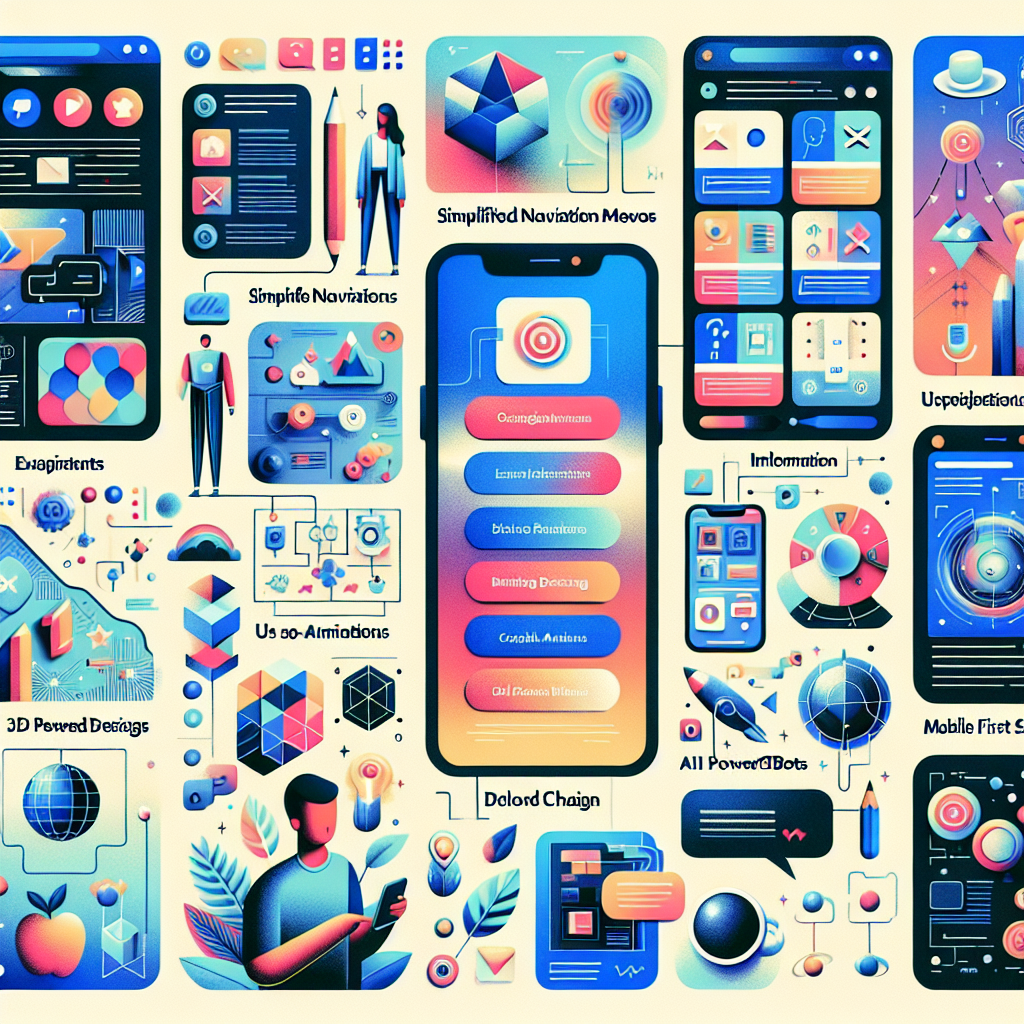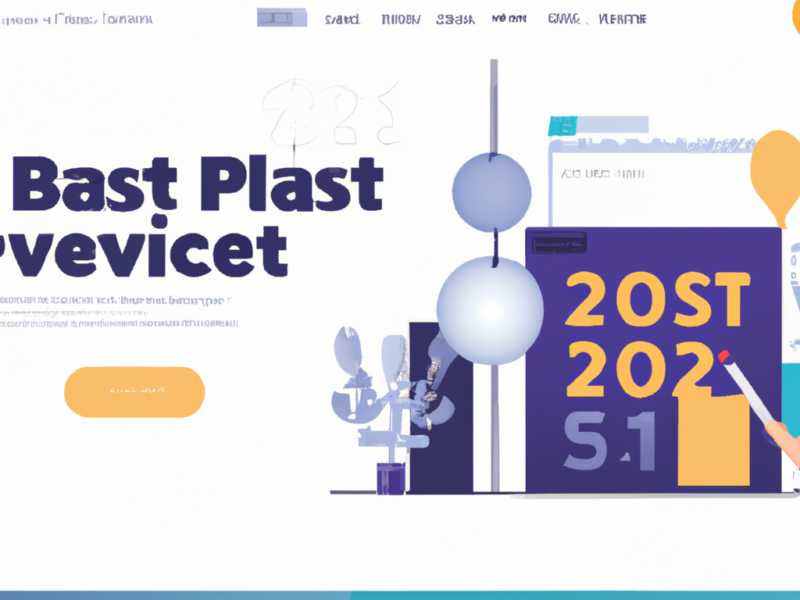-
Table of Contents
- UX Design Trends for Online Businesses
- Emphasis on Mobile-First Design
- Integration of Voice User Interface (VUI)
- Focus on Accessibility and Inclusive Design
- Enhanced Personalization through Machine Learning and AI
- Minimalist Design with a Focus on Typography and White Space
- Interactive and Immersive Experiences
- Conclusion: Key Takeaways in UX Design Trends for Online Businesses
UX Design Trends for Online Businesses

As the digital landscape continues to evolve, the importance of user experience (UX) design in online businesses cannot be overstated. UX design not only enhances user satisfaction but also drives business success by improving usability, accessibility, and interaction between the customer and the product. This article explores the latest UX design trends that are shaping online businesses today, providing insights into how companies can leverage these trends to create more engaging and effective digital experiences.
Emphasis on Mobile-First Design
In today’s digital age, mobile devices have surpassed desktops as the primary means for accessing the internet. This shift has made mobile-first design an essential strategy for online businesses. Mobile-first design involves designing an online experience for mobile before designing it for desktop or any other device. This approach not only prioritizes the mobile user experience but also ensures that websites are responsive and accessible across all devices.
- Increased mobile usage statistics
- Examples of successful mobile-first websites
- Impact on SEO and user engagement
Integration of Voice User Interface (VUI)
The rise of voice technology like Google Assistant, Amazon Alexa, and Apple Siri has made voice user interfaces a hot trend in UX design. VUI allows users to interact with a website through voice commands, making the user experience hands-free and more accessible. For online businesses, integrating VUI can enhance user engagement and provide a competitive edge.
- Statistics on the adoption of voice search
- Case studies of businesses successfully using VUI
- Best practices for designing for voice
Focus on Accessibility and Inclusive Design
Accessibility in UX design ensures that products and services are usable by people with a wide range of abilities. This includes individuals with disabilities, such as visual, auditory, physical, speech, cognitive, language, learning, and neurological disabilities. Inclusive design goes a step further to consider the full range of human diversity with respect to ability, language, culture, gender, age, and other forms of human difference.
- Importance of accessibility in online engagement
- Regulations and standards for accessible design
- Examples of inclusive design in action
Enhanced Personalization through Machine Learning and AI
Machine learning and artificial intelligence (AI) are playing a crucial role in personalizing user experiences. By analyzing large amounts of data, AI can provide insights into user behavior, preferences, and needs. This information can be used to create a more personalized user experience that not only meets but anticipates the needs of users.
- How AI is transforming UX design
- Personalization examples in e-commerce
- Impact on user retention and satisfaction
Minimalist Design with a Focus on Typography and White Space
Minimalism remains a dominant trend in UX design, focusing on simplicity and the essentials. This trend emphasizes clean lines, minimal graphical elements, and large areas of white space. Typography also plays a critical role in this trend, with a focus on readable, eye-catching fonts that enhance the user experience.
- Principles of minimalist design
- Case studies of minimalist design improving UX
- Typography tips for effective visual hierarchy
Interactive and Immersive Experiences
As technology advances, online businesses are increasingly looking to create more interactive and immersive experiences for their users. This includes the use of animations, dynamic content, video backgrounds, and even virtual reality (VR) and augmented reality (AR). These technologies can make the user experience more engaging and memorable.
- Examples of immersive technologies in UX
- Benefits of interactive content for user engagement
- Challenges in implementing VR and AR
Conclusion: Key Takeaways in UX Design Trends for Online Businesses
The field of UX design is continually evolving, driven by changes in technology, user behavior, and business needs. For online businesses, staying abreast of these trends is crucial for success. The trends highlighted in this article, from mobile-first design and voice user interfaces to inclusive design and AI-driven personalization, represent just a few of the ways businesses can enhance their online presence and user engagement. By focusing on these areas, companies can not only improve their user experience but also drive business growth and innovation.
Ultimately, the goal of UX design should always be to meet the needs of the user in the most effective, efficient, and satisfying manner. As we look to the future, the trends discussed here will likely be joined by new innovations, each continuing to shape the landscape of UX design in the digital age.

